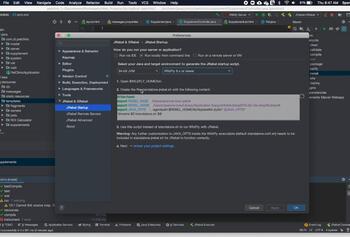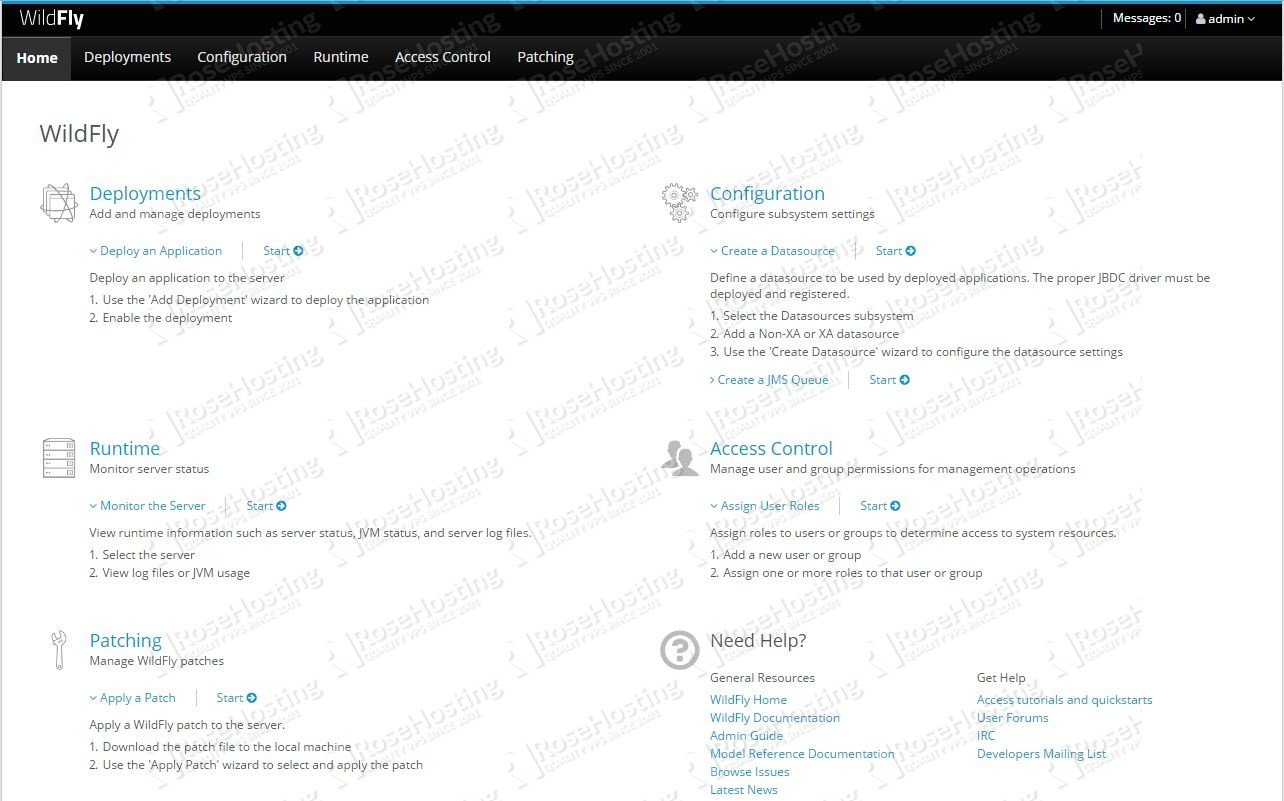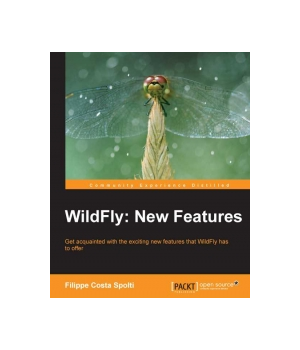

Java Developer Tools: Apache Tomcat and IntelliJ IDEAAccording to the survey, Apache Tomcat is the most popular Java application server, with 48% of developers using it.

Interestingly, larger companies (100+ employees) show higher adoption of microservices at 36%, which contrasts sharply with smaller companies (under 100 employees) at 28%.Īmong the frameworks that developers use to work with microservices, the Spring Boot framework is the leader with 74%.įrameworks Quarkus, Vert.x and DropWizard round out the top four with 5%, 2%, and 1%, respectively. Most companies have applications entirely based on microservices or are currently moving to a microservices architecture. Modular-monolithic applications account for 13% of responses, and service-oriented architectures - for 12%. Microservices-based applications are the most popular (32%), followed by monolithic applications (22%). Java Application Architecture Trends: Microservices and Monolithic ApplicationsThe developers also have spoken about the architecture of the applications they have developed. Generic OpenJDK and AdoptOpenJDK/Adoptium are also among the top three with 27% and 16%, respectively.Ģ.3% of developers choose distributions of OpenLogic OpenJDK. Which JRE/JDK distributions do you prefer?36% of respondents prefer Oracle Java. The programming languages Kotlin, Groovy, and Scala were the least popular amongĭevelopers, but collectively 17% of the developers surveyed use them. Next, come Java 12 or newer (12% of developers) and Java 7 or older (5% of respondents). Java 11 occupies the second place (it’s popular among 29% of developers).

Which JDK version do developers choose?Most developers say they use Java 8 (37% of those surveyed) as their programming language in their primary application. In this text, we have collected the main results of the survey. Developers from the US, China, and Europe answer the questions about significant industry trends: popular JDK versions, application architecture, and build tools. The core bundles licensing is available for 2, 16, and 64 cores.Every year, JRebel, a company that develops tools to improve the efficiency of Java programming, conducts a survey. As of November 2010 the licensing changed and all cores on the system are now counted. Before November 2010 JBoss was licensed as annual subscription in bundles of 4 and 32 CPU sockets. JBoss EAP itself is open source, but Red Hat charges to provide a support subscription for JBoss Enterprise Middleware. The JBoss Community and other Red Hat JBoss products like JBoss Enterprise Application Platform were not renamed. On November 20, 2014, JBoss Application Server was renamed WildFly. EJB-OSS was then renamed to JBOSS, then JBoss later. Sun Microsystems asked the project to stop using the trademarked EJB within its name.
Jrebel wildfly software#
In 1999, Marc Fleury started a free software project named EJB-OSS (stands for Enterprise Java Bean Open Source Software) implementing the EJB API from J2EE (Java 2 Enterprise Edition).
Jrebel wildfly license#
WildFly is free and open-source software, subject to the requirements of the GNU Lesser General Public License (LGPL), version 2.1. WildFly is written in Java and implements the Java Platform, Enterprise Edition (Java EE) specification. WildFly, formerly known as JBoss AS, or simply JBoss, is an application server written by JBoss, now developed by Red Hat.


 0 kommentar(er)
0 kommentar(er)
